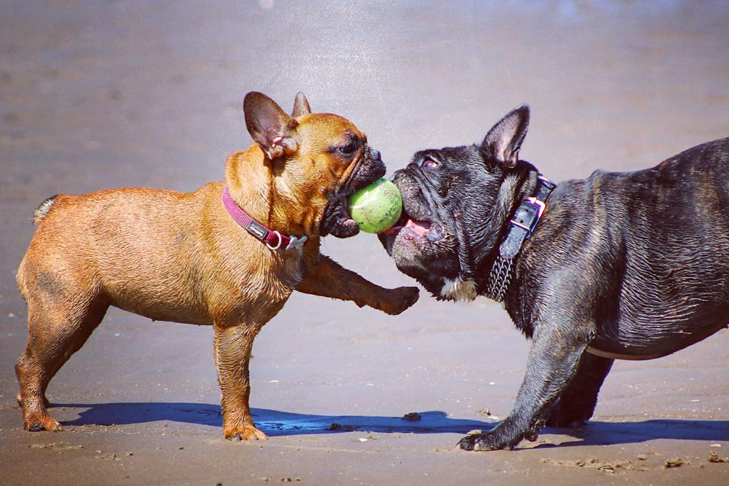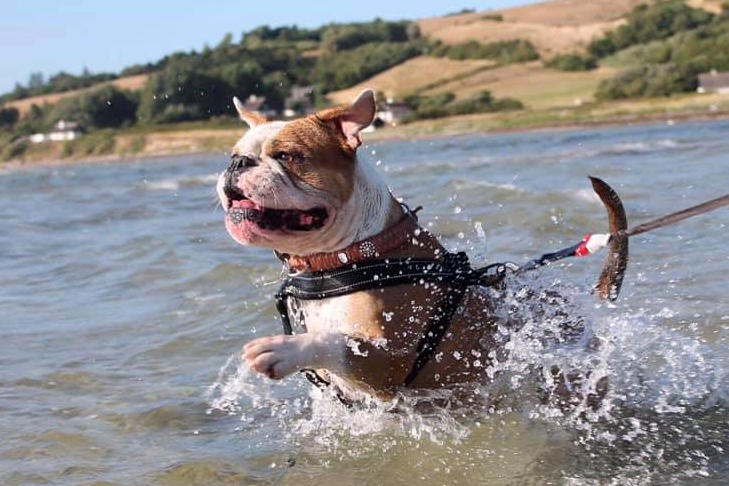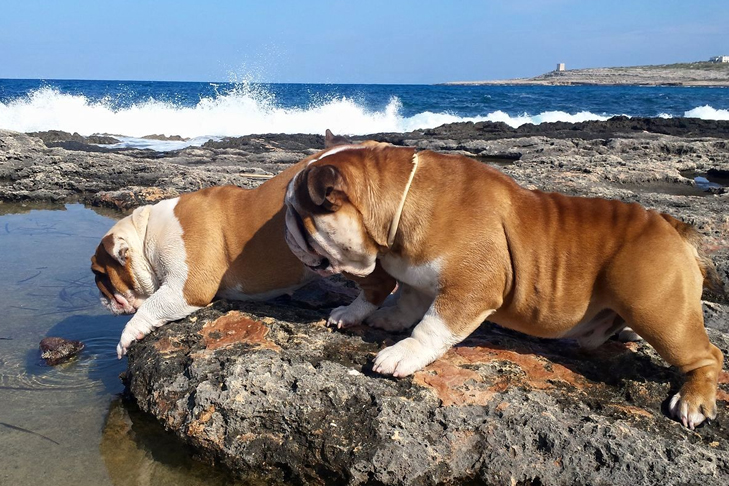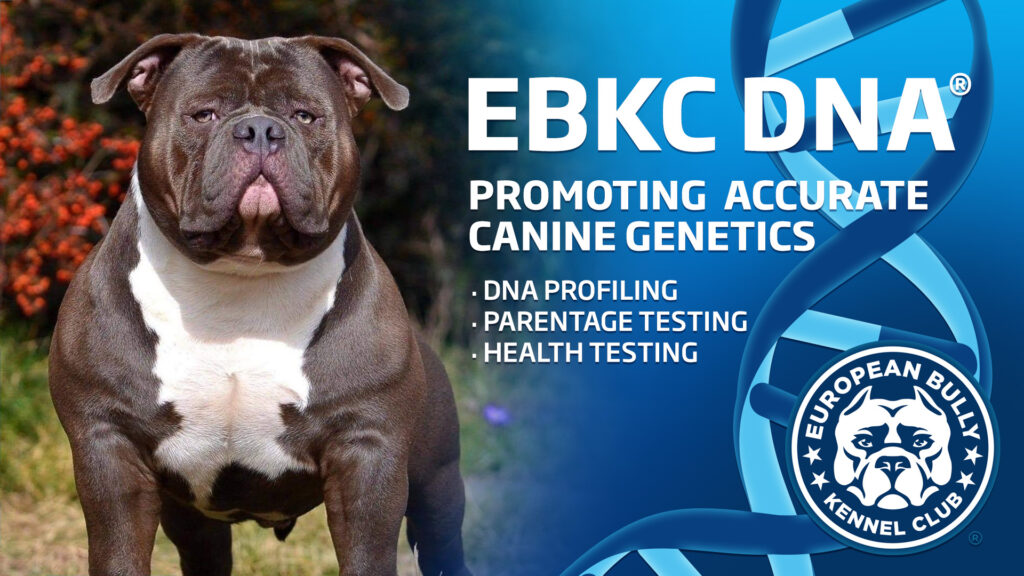
As the year comes to a close, the European Bully Kennel Club extends its warmest holiday wishes to our esteemed members, breeders, judges, reps, affiliate clubs and supporters worldwide.
Thank you for your continued trust, commitment, and passion for our breeds and for upholding the values, standards, and integrity that define the EBKC.
We wish you and your families a joyful holiday season and a healthy, successful 2026 New Year ahead.
EBKC HEAD OFFICE





